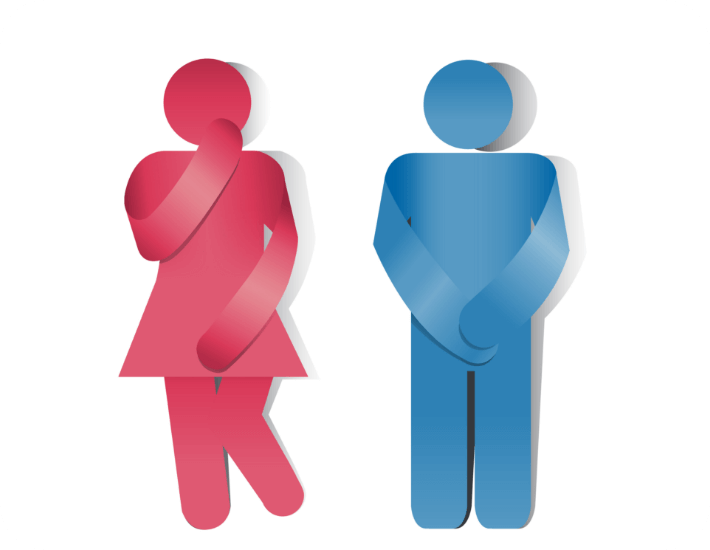Urinary Incontinence
Urinary incontinence is a common and treatable condition that can significantly impact quality of life. At Synergy Urology, we are committed to providing you with comprehensive information on urinary incontinence, including its causes, symptoms, and the range of effective treatments available. Read on to empower yourself with knowledge and take proactive steps towards better urinary health.
What is Urinary Incontinence?
Urinary incontinence refers to the unintentional leakage of urine, and it can manifest in various forms. This condition is not uncommon and affects people of all ages and genders.
Types of Urinary Incontinence
Understanding the different types of urinary incontinence helps in tailoring appropriate treatment plans.
- Stress Incontinence: Leakage of urine during activities that put pressure on the bladder, such as laughing, sneezing, or exercising.
- Urge Incontinence: Sudden, intense urges to urinate followed by involuntary leakage. This may be associated with an overactive bladder.
- Overflow Incontinence: Inability to empty the bladder fully, leading to constant dribbling of urine.
- Functional Incontinence: Difficulty reaching the toilet due to physical or cognitive impairments.
- Mixed Incontinence: Combination of two or more types of incontinence, such as stress and urge incontinence.
Common Causes of Urinary Incontinence
Identifying the underlying causes of urinary incontinence is crucial for effective management.
- Weak Pelvic Floor Muscles: Especially common in women after childbirth.
- Nerve Damage: Conditions like diabetes or neurological disorders can affect bladder control.
- Hormonal Changes: Menopause-related hormonal shifts can contribute to incontinence in women.
- Enlarged Prostate: Can lead to overflow incontinence in men.
- Urinary Tract Infections (UTIs): Infections can irritate the bladder and cause incontinence.

Treatment Options
Effective management of urinary incontinence depends on the type and underlying cause. Treatment options include:
- Pelvic Floor Exercises (Kegels): Strengthening the pelvic floor muscles.
- Behavioural Techniques: Bladder training, scheduled bathroom breaks, and fluid management.
- Medications: To relax the bladder or reduce overactivity.
- Incontinence Devices: Pads, catheters, or pessaries for improved comfort.
- Minimally Invasive Procedures: Such as injections or slings for stress incontinence.
- Surgery: For cases that do not respond to conservative measures.